The Heaven of Gorges-Karijini National Park Australia
Karijini National Park Australia
Karijini National Park is an iconic, unspoiled natural destination. Filled with unique and diverse landscapes, the park is located 1,500km north of Perth and around 80km northeast of Tom Price. Karijini formerly known as Hamersley Range National Park is the second largest national park in Western Australia covering 627,422 hectares and is ranked the best tourist destination in Australia. Karijini is famous for its spectacular gorges and slot canyons, towering sheer-sided columns up to 100 metres deep, dramatic waterfalls, rocky creeks and waterholes. The colours of the Rocky terrain is ranging from red-orange to deep blue-purple with jade-green water. The park is located north of the Tropic of Capricorn, The area is shaped billions of years due to the slow process of erosion of rocks that are over 2.5 billion years old to form this intriguing landscape and complex ecology.

Geology-Karijini national park
The geological formations of Karijini Park, consist of red-layered cliffs that line the spectacular gorges eroded by nature over billions of years. Several gorges that flow north out of the park-including Dales, Wittenoom and Yampire Gorges-provide notable displays of the rock layers. The Rocks exposed at the gorges a fine-grained sediment which accumulated on an ancient sea floor over 2.5 billion years ago. The gorges were eroded when a sharp drop in sea level caused the rivers to down-cut rapidly.
Banded iron formation – Brockman iron formation
Dolomite – Wittenoom dolomite
Shale – Mount McRae Shale
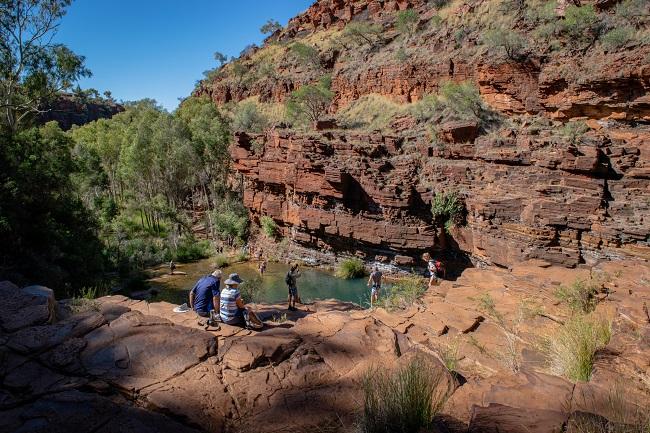
Weather Karijini national park Australia
Karijini’s climate shows as tropical semi-desert, highly variable, mainly with summer rainfall of 250–350mm. The area is often associated with thunderstorms and cyclones. The temperatures are frequently 40°C. The ideal times to visit the Karijini national park are late autumn, winter and early spring. Winter days are warm and clear, but nights are cold. A map of Karijini National Park provides information on access, park facilities, trails and other features and attractions at the Park. Karijini National park Map is the best way to reach the destination. This shows major access routes, visitor facilities and places of interest.

Best things to do in Karijini National Park
Wander down into ancient deep gorges of layered red rock and swimming through crystal-clear waters is the best thing to do in Karijini national Park. We are sure you’ll love the freshwater falls and secluded swimming holes surrounded by lush green ferns. Exploring ancient rocky tunnels and plunging gorges, paddling through crystal-clear waterways and swimming under stunning waterfalls is the most amazing activity in the region. The Pilbara’s gum trees, picturesque gorges, refreshing waterfalls and the emerald waterholes of the Park are worth seeing.

Camping at the National Park is an awesome experience. Set up camp and as the sun goes down, get lost in a sky full of stars. The site also offers guided adventure tours. After the rains, the landscape was covered in yellow flowering and this is the best part to see. Visitors can also see the large termite mounds scattered throughout the grasslands as well as a variety of birds, rock wallabies, echidnas, red kangaroos, dragons and snakes.
Wildlife-flora and Fauna
Karijini National Park Australia protects many different wildlife habitats, landscapes, plants and animals of the Pilbara region. Wildflowers in the region are yellow-flowering cassias and wattles, northern bluebells and purple mulla-mullas. After the rain, many plants bloom profusely, blanketing the ground. The vegetation ranges from spinifex hummocks, acacias, eucalypts, melaleucas and low mulga woodlands, to fern-lined rock pools and fig trees. The park is also home to a variety of birds, red kangaroos, euros, rock wallabies, echidnas, dingoes and several bat species. Frogs, geckos, goannas, dragons, legless lizards, pythons and other snakes are abundant.
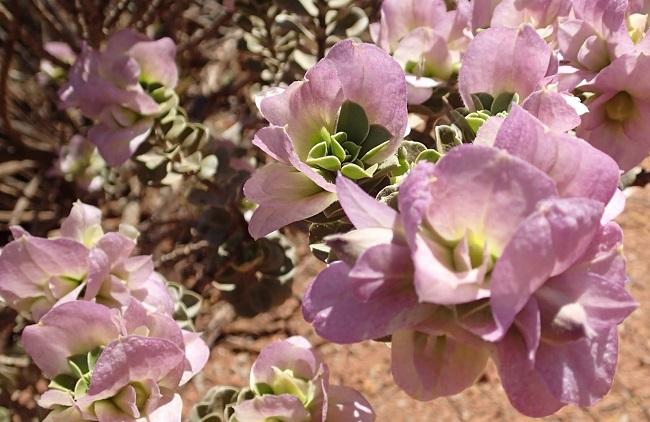
Karijini National Park Gorge
Hancock Gorge
Hancock Gorge is the most breathtaking and popular short hiking trail in the National Park. It is a good adventure destination with an ancient gorge, orange-red jagged rock walls, and a narrow twisting river. Climbing and swimming down through slot canyons and beautiful pools with the infamous Spider Walk to the green waters of Kermits Pool is the best to experience. Hancock Gorge is accessed via a Class 2 trail from the Weano Recreation park.
Joffre Gorge is a stunning natural amphitheatre with a spectacular curved seasonal waterfall. Views across the gorge can be seen from a lookout platform and the walking trail into the gorge. The Trail is very challenging and trail signage marks the departure point of the pathway for the Joffre Falls view from the walking trail to the base of the gorge.
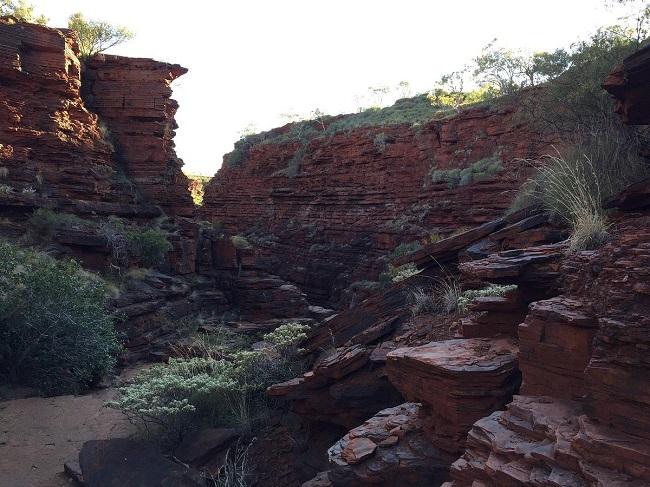
Weano Gorge is a great place for hiking. The Weano Gorge trails are very challenging, and require some scrambling and wading through water. The last part of the trail to the Handrail Pool is steep, and walkers will need to traverse the stepping stones. A short walk into Weano Gorge brings you to Handrail Pool, which is great for swimming and provides the best scene of Karijini National Park and Australia’s most ancient landscapes. Some other gorges and trails are worth visiting in Karijini National Park-Dales gorge, Knox gorge, Kalamina gorge and Hamersley Gorge.
Read More- Most Prominent Geological feature on Earth-The Mid Atlantic ridge valley
Mount Bruce
Mount Bruce is the second-highest mountain in the state of Western Australia, with a height reaching 1,234 m. It is a part of the Hamersley Range in the Pilbara. A number of walks exist on the mountain including the relatively easy Marandoo walk that offers a view over the Marandoo mine site, the more difficult Honey Hakea walk and the summit track. This challenging walk offers the reward of spectacular views across the Hamersley Range. Walkers will need to tackle a steep ascent and some scrambling and climbing.
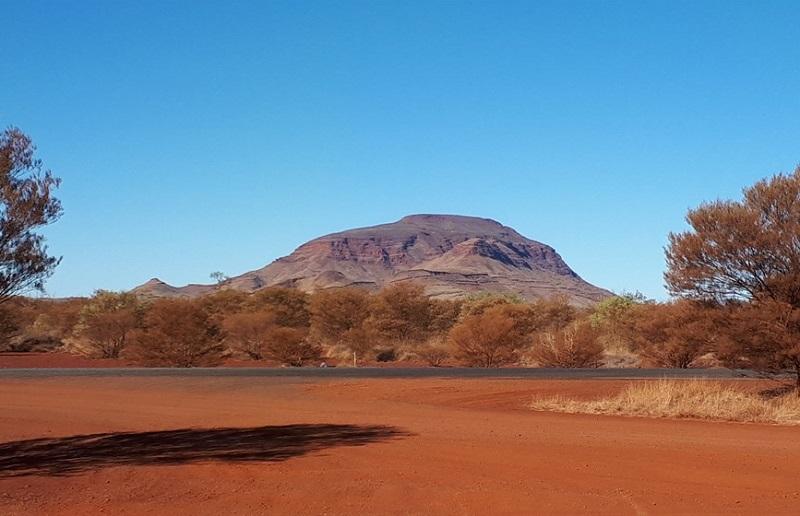
How to get to Karijini National Park
Travellers can access Karijini park from Karratha, Tom Price or Newman. Qantas provides daily flights to the town of Paraburdoo, just 100 kilometres from Karijini National Park. Solomon Airport is the nearest airport, located 15 kilometres from Karijini National Park.
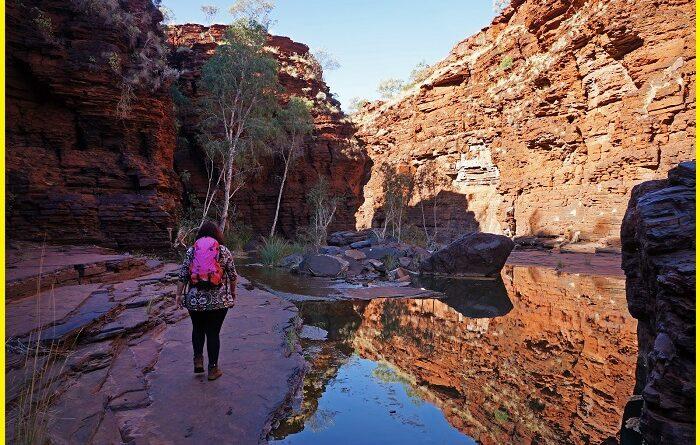
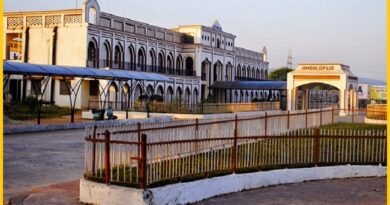
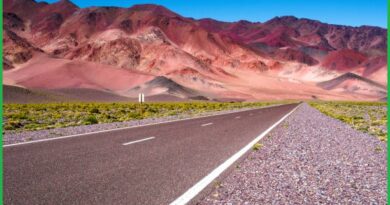
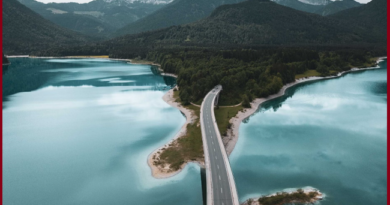
Pingback: Mount Kilimanjaro The largest free standing mountain in the world, Take a geotourism around the African wonder - Geotourism
Pingback: Rock Sculpture of Decebalus-A Great Marvel at Romanian Riverside - Geotourism
Pingback: The African Great Lakes and its Impressive story - Geotourism